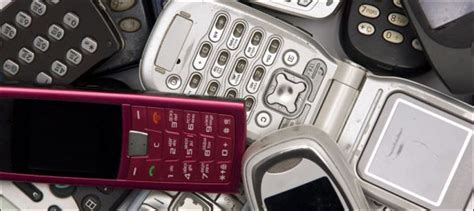In the realm of mobile devices, the allure of simplicity embodied by ‘dumbphones’ seems to be resurging. Users express a yearning for devices that prioritize core functions like calling and texting without the distractions of modern smartphones. The comments shed light on the complexities surrounding this trend, raising questions about the feasibility of companies meeting this demand.
One recurring theme is the challenge of defining what truly constitutes a ‘dumbphone’ in today’s context. While some advocate for minimalistic features to enhance focus and privacy, others highlight the need for practical functionalities like camera capabilities. This diversity of opinions underscores the subjective nature of determining the ideal balance between simplicity and utility in mobile technology.
The discussion extends to the realm of privacy and security, with concerns about the inherent risks tied to advanced smartphone functionalities. Users express a desire for devices that limit potential vulnerabilities, emphasizing the importance of hardware restrictions to mitigate security threats. The evolving landscape of mobile surveillance and data collection adds complexity to the quest for ‘dumbphones’ that truly prioritize user privacy.
Moreover, the concept of ‘dumbphones’ intersects with the evolving capabilities of modern smartphones, prompting reflections on individual self-control and technological dependency. While implementing features like screen time limits and guided access can emulate a ‘dumbphone’ experience on smartphones, the underlying allure of specialized devices remains intact for many users seeking a distinct digital detox.
The market response to the ‘dumbphone’ phenomenon reflects a nuanced interplay of consumer preferences and industry offerings. From nostalgic keypad designs to cutting-edge minimalist models, manufacturers navigate a landscape where perceived demand may not always align with actual sales figures. The juxtaposition between stated preferences and revealed choices underscores the intricate dynamics shaping the mobile device ecosystem.
Exploring solutions such as modular phones unveils the potential for customizable devices that cater to varying user needs, blending environmental sustainability with user-centric design. The pursuit of ‘dumbphones’ transcends mere functionality, encapsulating a broader quest for balance and intentionality in the age of ubiquitous connectivity.
As the dialogue around ‘dumbphones’ evolves, the divergent viewpoints captured in the comments evoke a tapestry of desires, concerns, and experiences. From practical considerations like battery life and hardware limitations to philosophical reflections on digital minimalism, the discourse surrounding mobile devices embodies a complex interplay of technological advancement and human agency.
Ultimately, the narrative of ‘dumbphones’ unveils a multifaceted landscape where user aspirations intersect with market dynamics and technological possibilities. Whether framed as a nostalgic callback to simpler times or a strategic response to information overload, the conversation surrounding ‘dumbphones’ reflects a broader societal conversation on the evolving roles of technology in our lives.


Leave a Reply